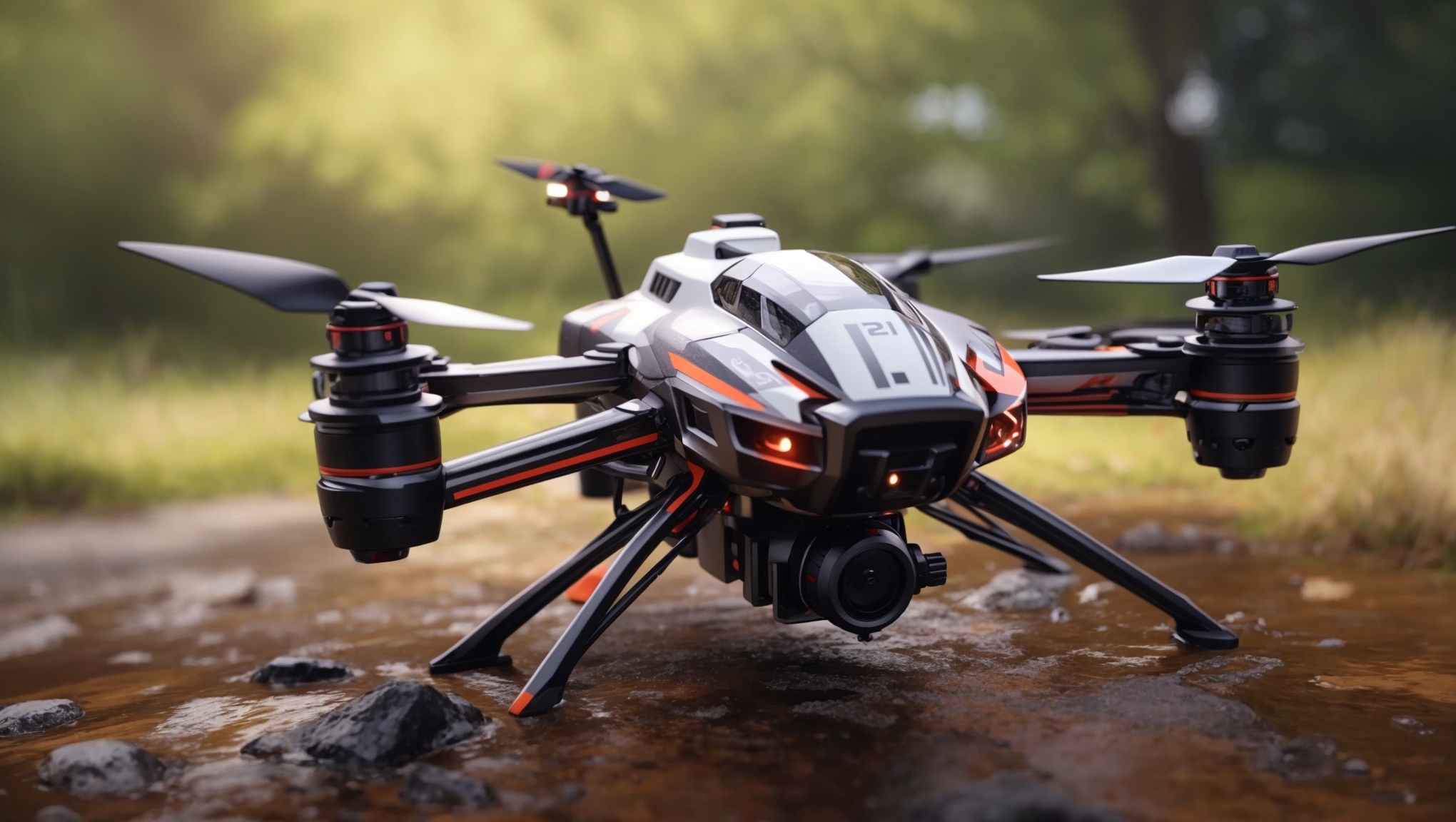One of the thrilling aspects of drone racing is the ability to customize and modify your racing drone to match your flying style and preferences. Whether you’re a novice or an experienced racer, the process of customizing your drone not only adds a personal touch but also enhances its performance. In this step-by-step guide, we’ll explore how you can take your racing drone to the next level through customization.
Step 1: Understand Your Racing Drone:
Before diving into customization, it’s crucial to have a thorough understanding of your racing drone’s components and specifications. Familiarize yourself with the frame, motors, electronic speed controllers (ESCs), flight controller, camera, and other key elements. This knowledge will serve as the foundation for making informed decisions during the customization process.
Step 2: Set Your Goals:
Define your goals for customization. Are you aiming for higher speed, better maneuverability, or improved durability? Understanding your objectives will guide your choices when selecting components and making modifications. For example, if you prioritize speed, you may focus on upgrading motors and optimizing the drone’s aerodynamics.
Step 3: Choose Quality Components:
Selecting high-quality components is essential for achieving the desired performance from your racing drone. Look for reputable brands and components known for durability and performance. Common components to consider for upgrades include motors, propellers, ESCs, and antennas.
Step 4: Upgrade Motors and Propellers:
The motors and propellers are crucial for the speed and agility of your racing drone. Upgrading to high-speed, brushless motors can significantly enhance acceleration and top speed. Additionally, experimenting with different propeller sizes and pitches allows you to fine-tune the drone’s performance based on your preferences and racing style.
Step 5: Optimize the Frame:
The frame of your racing drone plays a vital role in its durability and maneuverability. Consider upgrading to a lightweight yet durable frame, often made from materials like carbon fiber. A well-designed frame can improve aerodynamics, allowing for smoother flights and better control.
Step 6: Enhance the Flight Controller:
The flight controller is the brain of your drone, and upgrading to a more advanced controller can provide additional features and customization options. Some flight controllers allow you to adjust PID (Proportional-Integral-Derivative) settings, providing fine-tuned control over the drone’s stability and responsiveness.
Step 7: Upgrade the FPV System:
First-person view (FPV) is a crucial element of drone racing. Upgrading your FPV system, including the camera and goggles, can significantly improve your racing experience. Look for high-definition cameras with low-latency transmission for a clear and responsive view. Comfortable and high-quality goggles contribute to a more immersive racing experience.
Step 8: Consider Custom Paint and Decals:
Adding a personal touch to your racing drone isn’t just about performance upgrades. Consider customizing the aesthetics with a unique paint job or decals. Not only does this make your drone stand out on the racecourse, but it also adds a sense of pride and ownership.
Step 9: Test and Iterate:
After making modifications, it’s crucial to test your drone in controlled environments before taking it to the racecourse. Pay attention to how the upgrades affect the drone’s performance, and be prepared to iterate based on your findings. Fine-tuning is often necessary to achieve the perfect balance of speed, control, and stability.
Step 10: Join the Community:
The drone racing community is a valuable resource for DIY enthusiasts. Join online forums, attend local meetups, and engage with fellow racers who share their experiences and insights. The community can provide valuable tips, troubleshooting advice, and inspiration for further customization.
Conclusion:
Customizing your racing drone is a rewarding journey that allows you to tailor your drone to your unique preferences and flying style. By following this step-by-step guide, you can upgrade your drone’s components, optimize its performance, and add a personalized touch. As you embark on the customization process, remember that experimentation and continuous learning are key to unlocking the full potential of your racing drone. Enjoy the process, and happy flying!

Leave a Reply